The Essential Guide to Buying Your First Adult Bicycle
We cover the essentials to buying your first adult bicycle; whether your want to increase your physical activity, or bring back the spirit of childhood adventures.
For me, fitness has peaked and bottomed out throughout different periods of my life. After a long trough that bottomed out with the classification of overweight (based on the suboptimal NIH calculator), I decided to take charge of my health, and decided to do it through riding a bicycle.
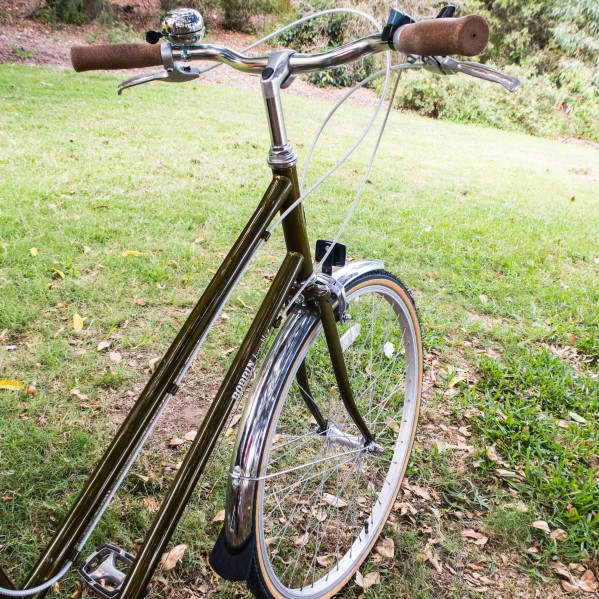
Growing up, I loved riding around our expansive neighborhood, through the green spaces, and experimenting with high speed tricks in dried creek beds. I thought purchasing a mountain bike would be the logical choice. However, as the name implies, mountain bikes are for mountains, and mountains are giant hills. Hills require fitness, and my lack of fitness is the whole reason this began.
As an overweight techie, I was not deterred by this flawed logic, and I happily financed an epic “all-mountain” ride at 0% for 3 years. Ka-ching, there goes $3,000, or more like KAAAAA-ching-ching-ching….36 of these…-ching until I paid it off with my monthly installments. Interestingly enough, this is not the bike I rode to fitness. I actually wasn’t fit enough to take full advantage of its awesomeness, until after it was paid for, and you know what? I realized that it was an incredible bike, but I enjoyed riding it far less than my less fancy and less expensive bicycles. It wasn’t the right bike for the riding that I preferred, but it was a valuable lesson. There were two bikes that did help me reach my fitness / weight goals, and combined, they cost less than a third of my mountainous mistake. If only I had known then, what I share with you now.
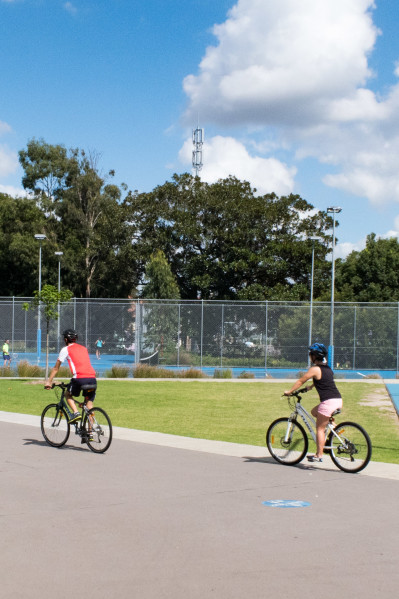
All you need is a safe, comfortable bike that rolls with two wheels, two pedals, brakes, and handlebars.
This means many different things to many different people, and as I tell everyone (EZ rolls her eyes when I start this joke now) the number of bikes one needs is N+1, where N represents the number of bikes you already own.
Everything you might imagine doing on a bicycle likely has its own category of frame, wheels, and an incredible array of customization options. Think about cars. There are sports cars, SUVs, wagons, rally cars, crossovers, sedans, coupes, race cars…… I can do this all day because those all have subcategories as well. Now, apply this categorization to bikes: road, triathlon, cruiser, commuter, penny farthings, and on, and on, and on……
The number of style / category of bikes is overwhelming for a beginner, and we haven’t even begun talking about components, which we won’t.
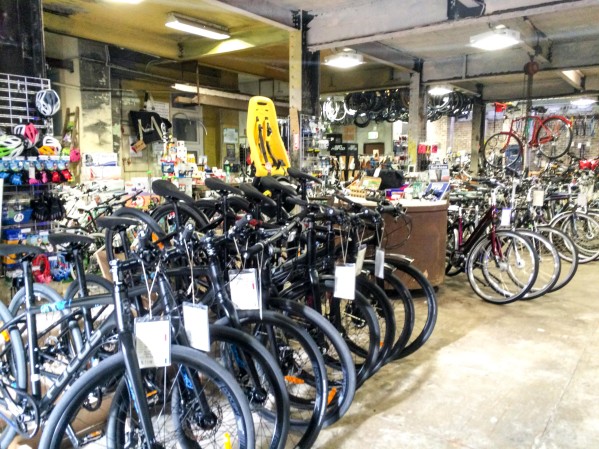
Guide to Buying Your First Adult Bicycle
- Fit is key – Try a few bikes and find out what style gives you a comfortable ride. You will be able to adjust the seat height on all bikes, and may be able to adjust handle bar height as well.
- Your legs should extend down, almost completely straight while pedaling, and it should not be an uncomfortable reach to the handlebars.
- If you are more comfortable sitting straight up, then you want a cruiser or hybrid/commuter bike, otherwise it doesn’t particularly matter. If you have any medical conditions, consult your doctor for the best riding position.
- Terrain – Think about where you live, as this will impact the way the bicycle fits into your life, and whether you actually ride it. Having to load the mountain bike on a car to go for a ride was the perfect barrier to entry to keep me on the couch staring at my shiny new toy.
- Is it hilly, and what type of hills are they? If you live among the steepest hills in the world, think San Francisco, you will want all the gears, but if you live next to a nice, flat greenway or beach, you may only need 1 to 3. For context, the range is 1 gear to 30, depending on the sizes of the gear-rings. EZ and I ride 7 and 8 speed bicycles around Sydney, and while we struggle with the hills heading up from the beach, we have enough range overall.
- Are you riding on paved paths, sidewalks, cycleways, and roads, or are you riding gravel, packed dirt, or other paths? This will determine the type of tires you want. Knobby tires are useful in the dirt and gravel, but woefully inefficient on cement and blacktop. We love our Continental Top Contact tires, but I have also had great success with the Schwalbe Marathon‘s as well for paved riding. My personal preference for trail riding was Maxis Ignitor tires.
- YOU DO NOT, I REPEAT DO NOT NEED SUSPENSION!!! This is a common, disappointing sight, a cyclist slogging up a light hill, as they lose half of their pedaling power to cheap suspension forks and rear shocks. Suspension only helps when you are riding rocky, root-filled off road terrain with safe, quality engineering.
- Ask for help – After trying a few bikes out at a local store (it is commonly accepted to give the bike an actual ride around the parking lot or nearby park at most stores, so just ask) solicit the sales associate’s opinion on your top choices. After a test ride, you can give the expert more information about what you liked and disliked, which will make their advice more relevant and actionable.
Before heading to the bike shop, you should be able to answer four questions:
- How do you want to ride the bike – How do you want to optimize the fit? Options include: casually, commuting, long distances, and speed.
- How hilly are your paths – How many gears will you need? Flat – 0-3, Occasional hills – 3-8, Extremely hilly 8+
- On what surfaces will you be riding – What type of tires should you look for? Paved roads – smooth or off road – knobby
- What is your budget – Subtract 15% for accessories
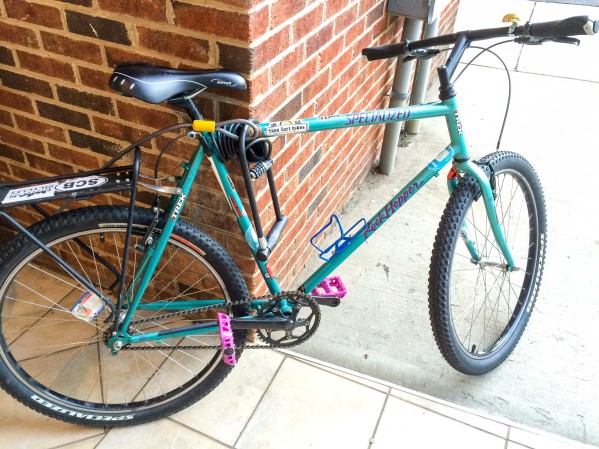
The bike that helped me fall back in love with riding
After a couple years with my tricked-out mountain bike, I realized that a more practical ride was necessary. I wanted to replace the car for short trips to the library and around town, so I purchased this cheap, used-bike for $140 on Craigslist. I actually don’t recommend buying used, because it ended up costing an additional $350 with parts and service to make it a safe ride, but it does illustrate my point: Riding almost any bike is fun, so save your money until you know what type of riding you will do the most.
Before you buy, make sure the bike aligns with your ideal fit, function, focus, and funds.
FIT: The biggest determinant of comfort on a bike is fit. Check that the seat is high enough for your legs to extend almost all the way at the bottom of your pedal stroke, and you don’t have to strain to reach to the handlebars.
FUNCTION: Think about where and when you will ride, what function will your bike serve? If your primary riding is paved paths or dirt trails, you need flat or knobby tires, respectively. If your routes are flat, no gears are required, but you might want a few for an occasional hilly ride. If you are riding before or after sunlight, you will want good lights and reflectors.
FOCUS: Are you looking for fitness or transportation, and subsequently intense training or cargo capacity? You don’t need any bells and whistles for light aerobic activity or getting around town, but racks and bags are convenient for fetching groceries. If you desire intense cardio training, then perhaps, skip to our choosing a beginner tri bike article, which is also helpful for beginner road bike purchases.
FUNDS: Decide on your budget, and then set aside 15% for add-on items such as a helmet, lock, lights, bell, and maybe racks, and bags. For bikes under $600, get the most comfortable option that also meets your function and focus criteria. If you are interested in spending a bit more, find a shop that will lend/rent you a bicycle, crediting the rental fee toward your purchase so you can make a more informed purchase. Alternately, buy a cheap ride (or a bike share membership if available!) for now, and then after 6 months of regular riding, you will know exactly where to invest.
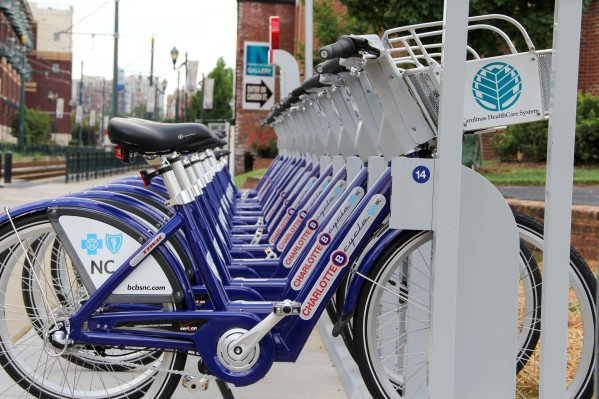
Feel free to hit us up with any questions or additional tips below, and we hope to see you riding soon!
Pin this for future reference:
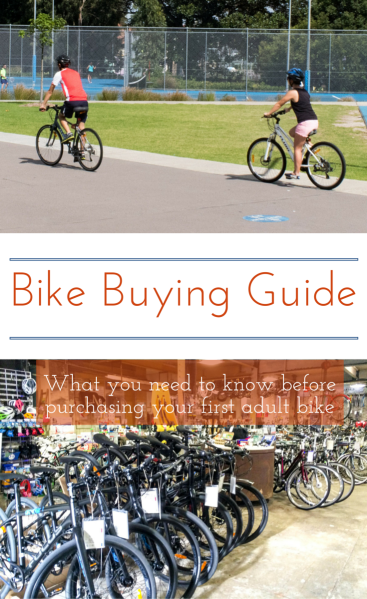

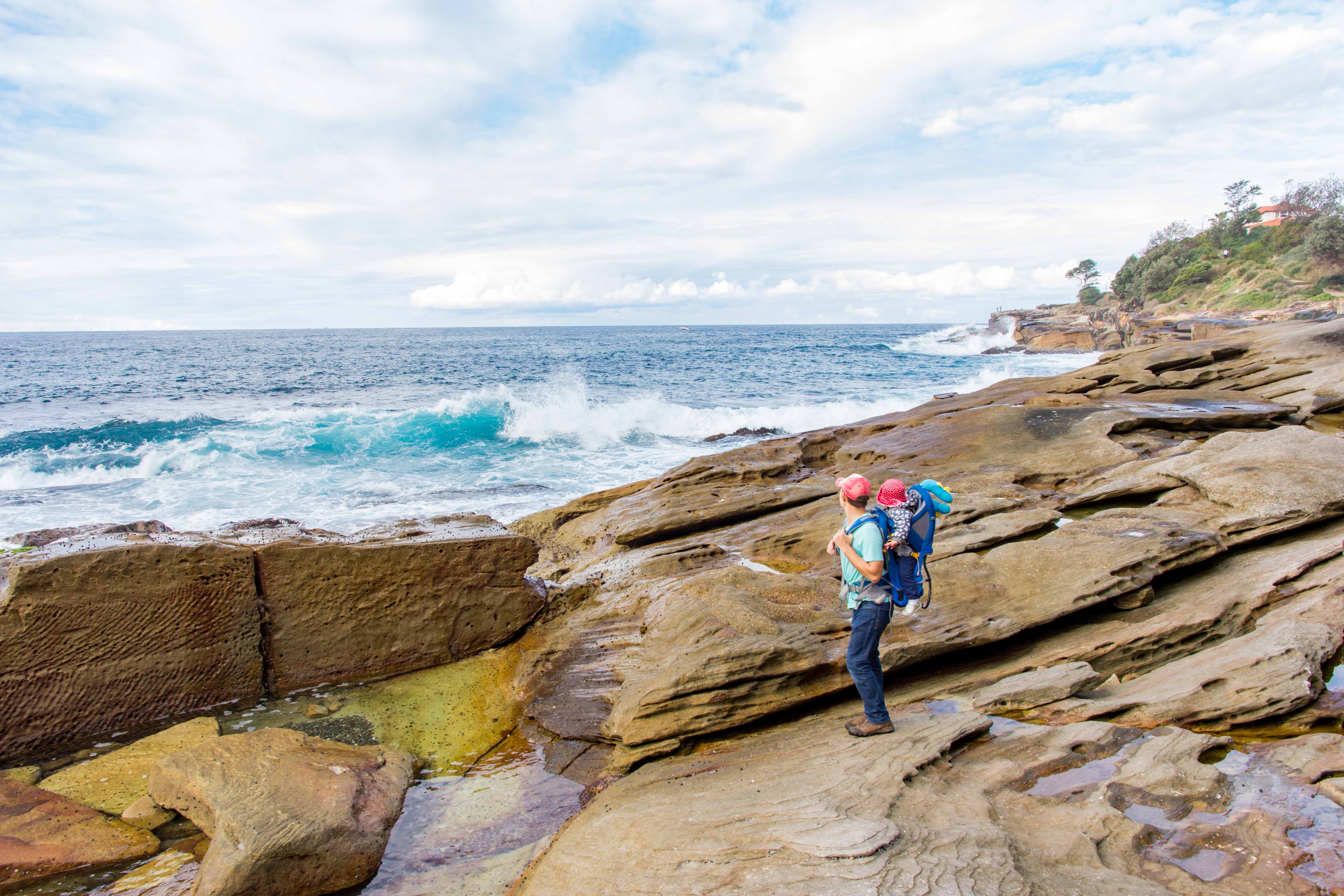

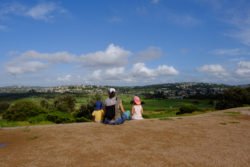
1 Response
[…] a few places that you commit to riding. Wait on the expensive bike purchases (unless you need an adult bike and child seat), and figure out how, where, and when you ride – that will inform your purchase […]